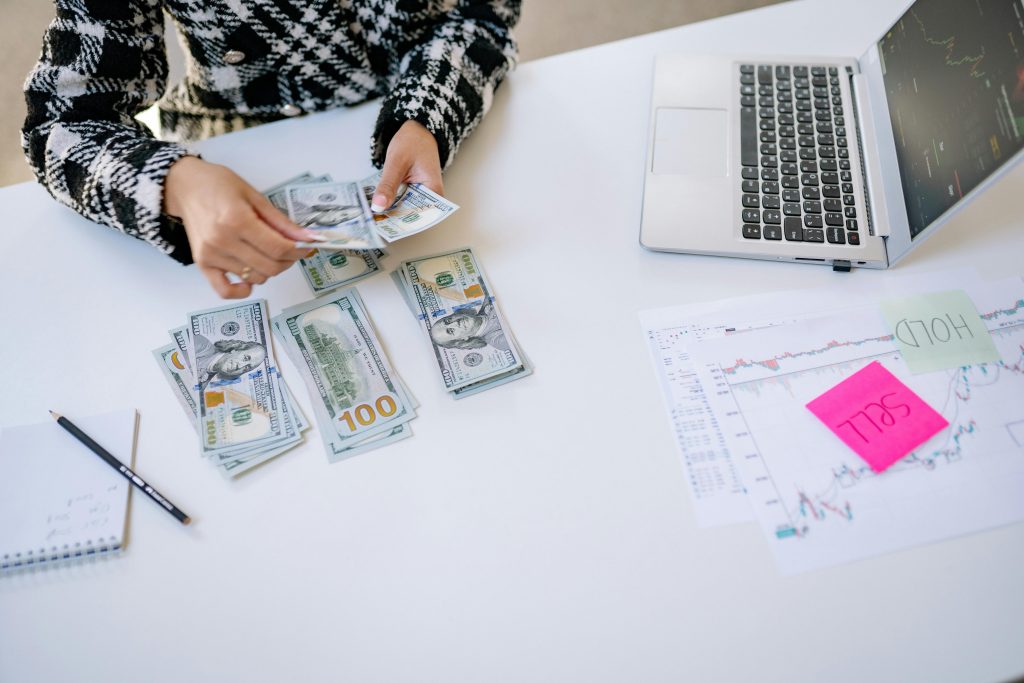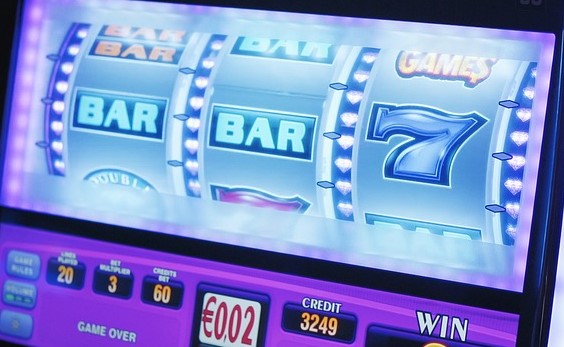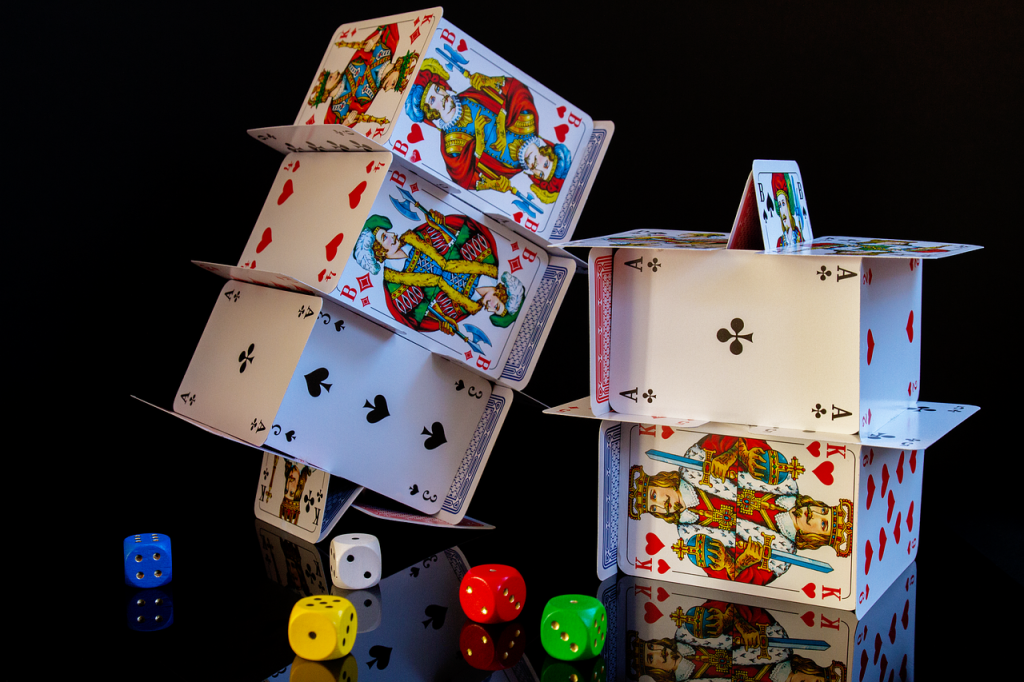Collectibles used to sit on dusty shelves or hang on walls while their owners swore they’d be “worth something someday.” Now, they’re being treated as legitimate assets that can diversify portfolios and hedge against market volatility. Art, coins, vintage watches, even first-edition books are being tracked, appraised, and traded like any stock. And while it’s easy to get lost in the hype, starting out doesn’t have to feel like jumping into a world of insiders and high rollers.
Understanding The Appeal Of Collectible Investments
Traditional investing often feels detached. You click “buy” on a fund and wait, hoping numbers move in your favor. Collectibles flip that script. They’re tangible, storied, and personal. A signed baseball or a rare print doesn’t just sit in a digital account; it tells a story while potentially appreciating in value.
That emotional layer is what pulls many people in. Still, behind the passion lies strategy. The market for collectibles can rise and fall with tastes, trends, and broader economic shifts.
That’s where smart planning—like tax-smart investing—comes into play. It’s not the most romantic part of the hobby, but it’s what separates casual collectors from those quietly building wealth. Knowing how your assets are taxed, when to sell, and how to offset gains with other investments can make a serious difference.
Starting Small While Thinking Long-Term
Nobody needs to start with a Picasso or a 19th-century coin collection. The most successful collectors begin with what they genuinely love and can afford. Passion keeps you engaged, but patience keeps you sane. Maybe it’s vinyl records, old comics, or watches from a specific decade. Narrowing your focus helps you learn the landscape before jumping into pricier pieces.
Educate yourself about authenticity, condition, and provenance. The internet is full of convincing fakes, so verifying certificates, seller reputations, and past sales data is worth every second. Auction houses like Heritage or Sotheby’s now make it easier to view past sale results, helping you gauge realistic prices. With time, you’ll recognize when something’s underpriced or when hype is outpacing value.
The Rise Of Rare Coins And Tangible Wealth
Few collectibles capture both history and value quite like coins. They’re small, portable, and often deeply tied to significant eras. Among the most sought-after are rare Morgan silver dollars, beloved for their beauty and scarcity. Some date back to the late 1800s and can fetch thousands depending on mint marks and condition.
But the value of collectible coins goes beyond nostalgia. In uncertain markets, investors often turn to precious metals and numismatics as a hedge against inflation.
Coins blend both. They’re made from silver or gold, giving them intrinsic worth, but they also carry historical and collector premiums that can multiply over time.
The key is buying from reputable dealers and understanding grading systems, such as those from the Professional Coin Grading Service (PCGS). That tiny number on a slabbed coin—say MS-65—can mean a world of difference in value.
Navigating Modern Marketplaces

Technology has taken collectibles out of dimly lit antique stores and into sleek, transparent marketplaces. Platforms now specialize in everything from fractional art ownership to NFT-backed trading cards. While some areas remain speculative, others have matured into credible investment channels with real liquidity.
The beauty of these modern markets is accessibility. You can buy a small stake in a Warhol print or a rare bottle of whiskey without needing a private vault or trust fund.
That said, the accessibility also attracts opportunists. Treat collectibles the way you’d treat any investment—do your due diligence. Look for platforms regulated by the SEC, confirm insurance coverage, and understand where your asset physically resides.
Balancing Passion And Pragmatism
At its core, collectible investing should be enjoyable. The best portfolios blend emotion and strategy. It’s perfectly fine to buy something simply because it speaks to you, but it’s smarter to know where it fits in your overall financial picture. Allocating a small portion of your portfolio to collectibles can add texture without putting your retirement at risk.
Keep in mind, collectibles don’t produce income like dividends or interest. Their payoff comes from appreciation, and sometimes, that takes years.
Think of it as owning something beautiful while it quietly earns its place in the market. And when that market shifts in your favor, knowing how to handle the sale from a tax perspective keeps more of your profit in your pocket.
Where Passion Meets Profit
The rise of collectibles as investments is reshaping how people think about wealth. It’s no longer about what sits in your brokerage account, but what hangs on your wall or rests in a safe.
Whether you’re drawn to rare coins, vintage guitars, or fine art, starting small and learning deeply will always beat chasing trends.
The real beauty lies in owning something that connects history, artistry, and finance in one place. Collectibles don’t just diversify a portfolio—they make it personal. Investing in what you love can be both emotionally rewarding and financially sound, proving that passion and profit can absolutely coexist when approached with care and curiosity.




















